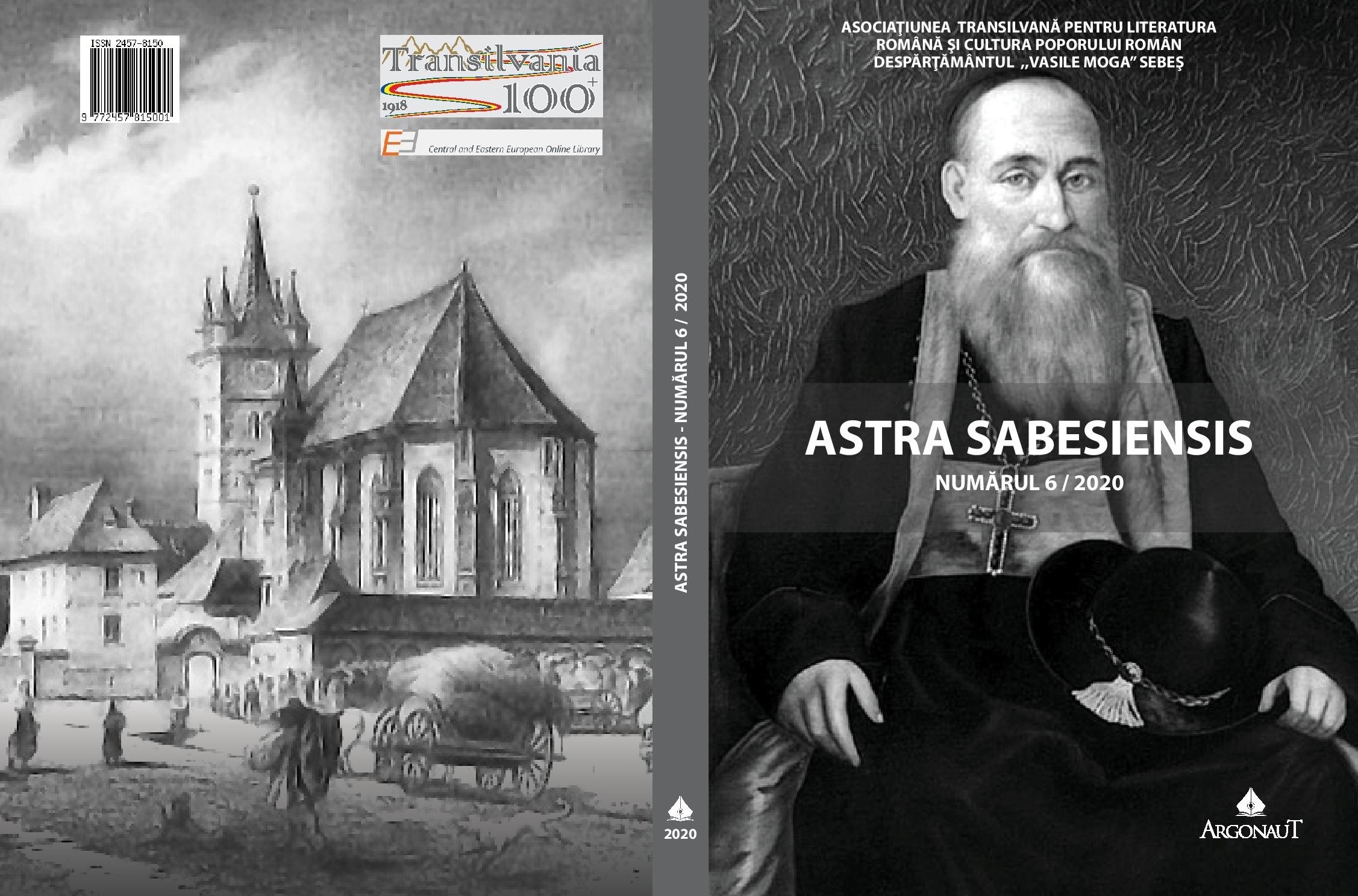INTERNAREA EVREILOR ÎN LAGĂRE ŞI FENOMENUL LUĂRII OSTATICILOR ÎN TIMPUL GUVERNĂRII ANTONESCU (1940-1944)
The Admission of the Jews in the Camps and the Phenomenon of taking Hostages during the Antonescu Government (1940-1944)
Author(s): Emanuel BălanSubject(s): History, Cultural history
Published by: Asociaţiunea Transilvană pentru Literatura Română şi Cultura Poporului Român - ASTRA
Keywords: Holocaust; forced domicile; compulsory work; ghettos; extermination;
Summary/Abstract: The evacuation of Jews from the villages and their accumulation in the county seat cities or their internment in camps was one of the measures taken against the Jews between October 1940 and July 1941. These camps were created especially for Jews evacuated from Moldova, then the measure was extended for Jews in other parts of the country, these ones being considered one of the main internal enemies of the state and the nation. Because they were organized in a hurry, they were gradually abandoned and opted for compulsory labor camps, where Jews worked mainly for the army and various state institutions. The moment that triggered this measure was the issuance of Order 4147 by which the Ministry of Interior transmitted in the territory that all valid Jews aged between 18 and 60 from the villages between Siret and Prut to be sent to the Târgu-Jiu camp and to the villages around it. According to Antonescu’s order, hostages were taken among the Jews, representing all social classes and especially young people, who in the opinion of the authorities were able to execute acts against national security. On February 9, 1942, by decision of the Ministry of the Interior, hostage camps were disbanded, a temporary measure as specified in the order sent to the prefectures. In the spring of 1944, the issue of Jewish ghettoization was raised again, but this measure was never applied.
Journal: Astra Sabesiensis
- Issue Year: 6/2020
- Issue No: 6
- Page Range: 207-218
- Page Count: 11
- Language: Romanian

